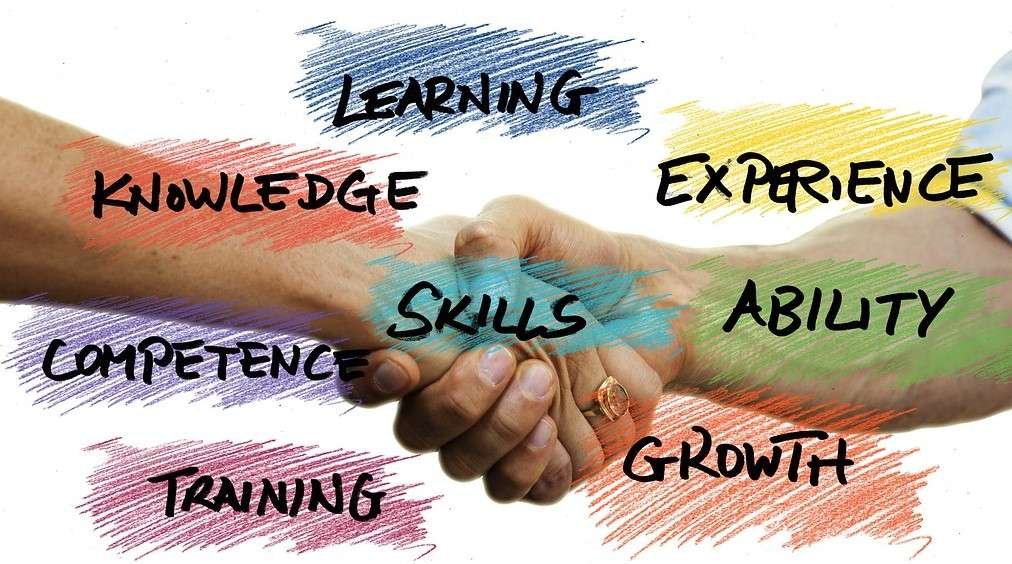How to improve communication
Communication is the cornerstone of human interaction. Whether in personal relationships, professional settings, or societal engagements, effective communication plays a pivotal role in conveying ideas, building connections, and achieving desired outcomes. However, mastering the art of communication is a continual process that requires patience, practice, and a willingness to adapt. This article will explore various strategies and techniques to improve communication skills, empowering individuals to express themselves confidently and connect more profoundly with others.
what is communication?
Communication involves the exchange of information, ideas, thoughts, and feelings between individuals through verbal, non-verbal, and written channels. Effective communication encompasses clarity, empathy, active listening, and the ability to convey messages appropriately to diverse audiences.
Key Components of Effective Communication
Clarity:
Clarity in communication refers to the ability to convey messages in a clear, concise, and easily understandable manner. It involves articulating thoughts, ideas, and information in a way that leaves little room for ambiguity or misunderstanding. Here are some elements of clarity in communication:
- Use of Simple Language: Avoiding complex jargon or technical terms that may confuse the audience. Instead, opt for straightforward language that is accessible to all.
- Organized Structure: Presenting information in a logical and structured manner helps listeners or readers follow the flow of ideas more easily.
- Elimination of Ambiguity: Being specific in your communication to prevent misinterpretation or confusion.
- Relevance: Ensuring that the information conveyed is relevant and directly contributes to the intended message.
Active Listening:
Active listening is the process of fully concentrating, understanding, responding, and remembering what is being said. It involves not only hearing the words spoken but also interpreting the speaker’s tone, body language, and emotions. Here’s how active listening can be achieved:
- Full Attention: Giving undivided attention to the speaker without distractions or interruptions.
- Non-verbal Cues: Pay attention to the speaker’s body language, facial expressions, and tone of voice to gauge their emotions and intentions.
- Paraphrasing and Summarizing: Reflect on what the speaker has said in your own words to confirm understanding and show empathy.
- Asking Clarifying Questions: Seeking clarification or additional information to ensure a complete understanding of the message.
Empathy:
Empathy is the ability to understand and share the feelings, thoughts, and perspectives of others. It plays a crucial role in effective communication by fostering connection, trust, and mutual understanding. Here’s how empathy can be demonstrated in communication:
- Active Engagement: Engaging with the speaker on an emotional level and showing genuine interest in their experiences or concerns.
- Validation: Acknowledging and validating the speaker’s emotions and perspectives, even if you may not agree with them.
- Putting Yourself in Their Shoes: Imagining yourself in the speaker’s position to better understand their thoughts, feelings, and motivations.
- Respectful Communication: Being respectful and considerate of the speaker’s feelings, opinions, and boundaries.
Non-verbal Communication:
Non-verbal communication encompasses body language, facial expressions, gestures, eye contact, and tone of voice. These cues often convey more information than words alone and play a significant role in how messages are perceived. Here are some aspects of non-verbal communication:
- Body Language: Using open and welcoming gestures, maintaining appropriate posture, and avoiding defensive or closed-off body language.
- Facial Expressions: Expressing emotions through facial cues such as smiles, frowns, raised eyebrows, or furrowed brows.
- Eye Contact: Making appropriate eye contact to convey attentiveness, sincerity, and confidence.
- Tone of Voice: Modulating the tone, pitch, and volume of your voice to convey emotions, emphasis, and meaning.
Feedback:
Feedback is an essential component of effective communication as it provides an opportunity for reflection, improvement, and growth. Whether giving or receiving feedback, it’s crucial to do so constructively and respectfully. Here’s how feedback can be effectively communicated:
- Specificity: Providing specific and actionable feedback rather than general or vague statements.
- Timeliness: Delivering feedback promptly to address issues promptly and prevent misunderstandings from escalating.
- Focus on Behavior: Focusing on specific behaviors or actions rather than personal traits or characteristics.
- Two-way Communication: Encouraging a dialogue and inviting input from both parties to foster mutual understanding and collaboration.
By focusing on these key components of effective communication – clarity, active listening, empathy, non-verbal communication, and feedback – individuals can enhance their ability to convey messages, connect with others on a deeper level, and navigate interpersonal interactions more effectively.
Strategies for Improving Communication Skills
- Enhance Self-awareness
Self-awareness is the foundation of effective communication. Reflect on your communication style, strengths, and areas for improvement. Identify any biases, triggers, or communication barriers that may hinder your interactions with others.
- Practice Active Listening
Develop active listening skills by giving your full attention to the speaker, asking clarifying questions, and summarizing key points to demonstrate understanding. Avoid interrupting or formulating responses prematurely, allowing the speaker to express themselves fully.
- Develop Empathy
Cultivate empathy by putting yourself in others’ shoes and striving to understand their perspectives, emotions, and experiences. Practice empathetic listening and validation to build trust and rapport in your interactions.
- Improve Verbal Communication
Enhance your verbal communication by speaking clearly, using appropriate tone and volume, and organizing your thoughts coherently. Practice effective articulation, enunciation, and vocal modulation to convey your message with confidence and impact.
- Refine Non-verbal Communication
Pay attention to your body language, facial expressions, and posture to ensure they complement your verbal message. Maintain eye contact, adopt an open posture, and use gestures purposefully to enhance your communication effectiveness.
- Adapt Communication Style
Recognize that individuals have diverse communication preferences and adapt your style accordingly. Tailor your message, tone, and delivery to resonate with your audience’s preferences, cultural norms, and communication context.
- Practice Constructive Feedback
Provide constructive feedback in a supportive and respectful manner, focusing on specific behaviors and their impact. Encourage a growth mindset by highlighting strengths and offering actionable suggestions for improvement.
- Utilize Technology Wisely
Embrace technology as a tool for enhancing communication, but be mindful of its limitations and potential drawbacks. Choose appropriate communication channels based on the nature of the message, audience preferences, and context.
Overcoming Communication Challenges
Despite efforts to improve communication skills, challenges may arise due to various factors such as cultural differences, language barriers, or emotional triggers. When faced with communication obstacles, consider the following strategies:
- Seek Clarification: If unclear or ambiguous communication occurs, seek clarification by asking open-ended questions or paraphrasing to confirm understanding.
- Practice Patience: Be patient and understanding when communicating with individuals from diverse backgrounds or facing language barriers. Allow extra time for clarification and validation to ensure mutual comprehension.
- Manage Emotions: Emotions can impact communication effectiveness. Practice emotional regulation techniques such as deep breathing or mindfulness to remain calm and composed during challenging interactions.
- Seek Support: Don’t hesitate to seek support from mentors, coaches, or communication experts when facing persistent communication challenges. Professional guidance and feedback can provide valuable insights and strategies for improvement.
Conclusion
Effective communication is a multifaceted skill that can be cultivated and refined through conscious effort and practice. By understanding the key components of communication, adopting strategies for improvement, and overcoming communication challenges, individuals can improve communication skills and foster meaningful connections in personal, professional, and societal spheres. Remember that communication is a journey of continuous learning and adaptation, and each interaction presents an opportunity for growth and improvement. With dedication and perseverance, anyone can become a more effective communicator, enriching their relationships and achieving greater success in all aspects of life.




